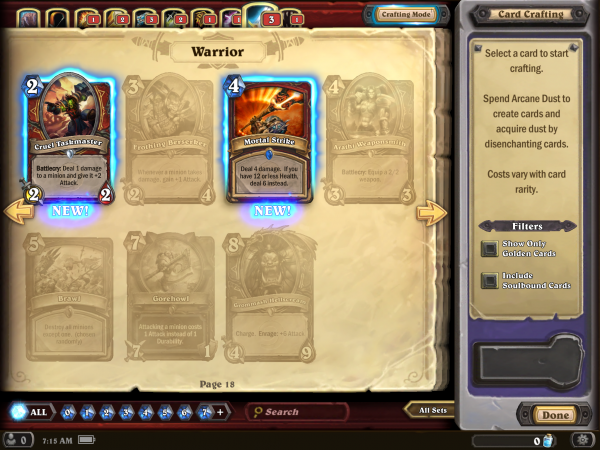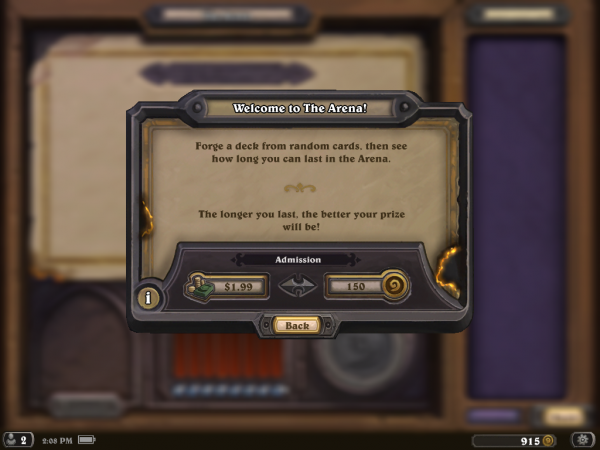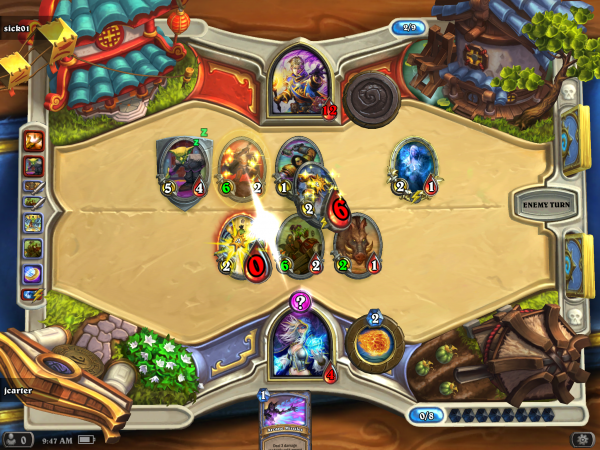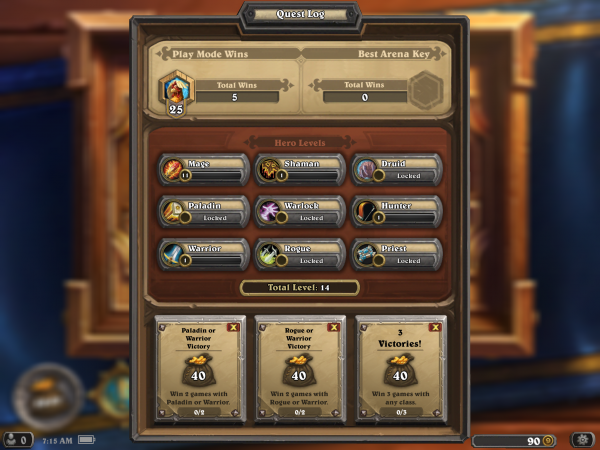Update: 11/13/2014
Since they're technically the same game, I've added tips for
Enemy Within to our pre-existing guide for
Enemy Unknown. All of the
Enemy Within tips can be found towards the bottom of each category, and are denoted with a bullet point. You can also check out our
Enemy Within review
right here.
The X-Com series, particularly the earlier games, are notoriously unforgiving. Although while XCOM: Enemy Unknown has been modernized, and is therefore more player friendly, it’s no slouch either. In fact, even on the Normal difficulty there’s a good chance you’re going to get creamed if you try to breeze through it. But all is not lost. If you find that you’re losing soldiers at an alarming rate or keep getting the project disbanded because a bunch of countries freak out and leave, we've got a few tips you might want to consider.
Planning Tips
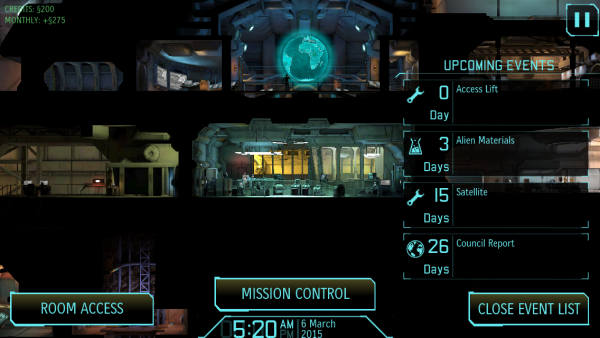
Facilities are essential. Your manufacturing and research abilities, as well as your satellites, all require the proper facilities to operate. Completing a terror mission to earn five engineers could be a waste if you don’t have enough workshop space to use them. And that could lead to falling perilously behind in the early game arms race.
Research, research, research. Don't neglect your scientists! The technologies they can uncover after studying alien corpses and weaponry are essential to giving your soldiers a fighting chance. By the same token, don't be afraid to take aliens alive. Assuming you can do so with relative safety. It allows you to recover their weapons intact, which can then be equipped on your soldiers or sold for a tidy profit.
Don't ignore the Council. You might prefer to spend your money and resources on better armor and weapons, but if you don't get a few satellites in orbit and ignore the Council's requests you stand to lose immense amounts of funding. Plus you can flat out lose if too many countries abandon the project.
Check your stores often. Sometimes you'll acquire items you don't need for research or manufacturing, and these can be sold off in bulk for a decent price. The same goes for alien tech and specimens you've fully researched. So long as it isn't Ellerium or alien alloys there's a good chance you won't need it for the long haul.
Build smart. Most facilities belong to one of a few different categories, such as energy production or satellite use. Whenever two facilities belonging to the same category are next to each other either horizontally or vertically (i.e. uplink next to an uplink, etc) they both get a bonus. This is a very good thing.
Pay attention to your upgrades. You won’t necessarily have the chance to develop all of them, but many of the projects you can produce at the Forge (once it’s available) can make a huge difference.
Consider holding off on major tasks. Despite all the open-endedness Enemy Unknown’s story does progress linearly. Every so often an urgent mission or task will appear, and once it’s completed the next phase of the story begins. While the alien forces will get more and more difficult to deal with over time, regardless of where you are in the story, there are benefits to keeping the plot in check. Namely it gives you the opportunity to research better equipment and gather more resources before the endgame.
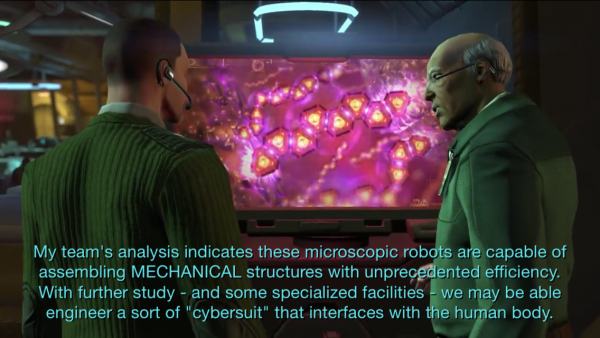
Don't rush to build a Cybernetics Lab or a Genetics Lab right away. I know it'll be tempting to try out all those shiny new toys as soon as possible, but it will take you a while to collect enough Meld (the new alien substance you'll use to enhance your soldiers) for either one to be useful. You're better off focusing on keeping your squads well-equipped at the start - you can always build either (or both) structures later.
Both cybernetic and genetic augmentations take time, so plan accordingly. No matter if you're turning your soldiers into hulking death machines or enabling them to leap several stories into the air, you'll need to wait a few days - in addition to the upfront money and Meld costs, of course. You'll want to pace yourself so you don't end up with half (or more) of your best soldiers stuck in surgery or whatever when the aliens start a new terror campaign.
MECs don't use equipment. If you do ever turn a soldier into a MEC trooper, know that they won't be able to use any of their old equipment. If you plan to augment one or two of your soldiers and they happen to be using nice armor or weapons, you can pass them along to the others and save a few million bucks on production costs.
Soldier Tips
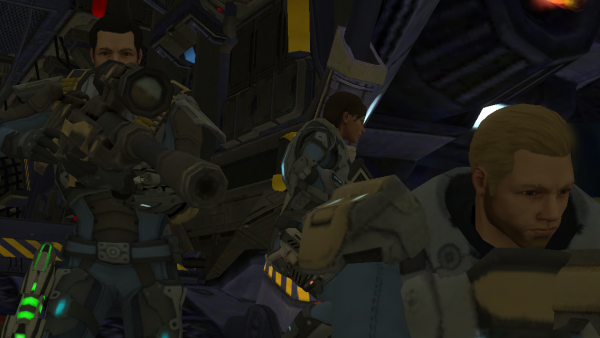
Pay close attention to soldiers' skills. Plan accordingly. Try to select skills that compliment each other, such as the heavy's Holo-Targeting (accuracy bonus to all squad members when firing on an enemy) and the sniper's Squad Sight (can target any enemy that other soldiers see, no matter the distance, so long as there's a clear path to the target).
Consider having two or more of each elite class. It can take some effort but will be worth it. It enables you to create various soldiers with skills that are ideal for a variety of situations; such as a sniper that specializes in large, outdoor environments or an assault soldier ideal for cramped locations.
Upgrade the barracks. Don’t forget about the Officer Training School. Many of the upgrades you can acquire can be a huge help throughout the game; especially the ones that increase the squad size. Check in every so often as more options become available as your soldiers gain higher ranks.
Don't ignore the support class. Having a medic on the team can mean the difference between a favorite soldier spending a few days in the infirmary or getting their own epitaph. Plus their smoke grenades can really help out in a pinch.
Sidearms can be your best friend. Pistols may not seem all that great at first, but they can mean the difference between life and death; especially plasma pistols. Make sure to give your most powerful handguns to your snipers as they can’t move and fire their rifle in the same turn unless they learn a specific perk. Otherwise, if you intend to move them at all, make sure they have rockin’ pistols. And make the effort to manufacture the pistol upgrades when you can, too. I’ve had my snipers take down enemies from quite a distance during their reaction shots using only a pistol on several occasions.
You wanna live? Get a S.H.I.V. The S.H.I.V. is a small robotic vehicle, not unlike a human-sized tank. They’re no replacement for a battle-hardened soldier but with enough research and development they can be quite devastating. Plus they’re the perfect expendable solution to filling an injured soldier’s spot on the squad during a mission.
Use the right armor. You might think it’s clever to put every single soldier in your squad into the most durable armor you can find, but it’s more likely to hinder them. For example, snipers shouldn’t be on the front lines, and therefore could benefit a lot more from armors that may not be super-tough but can help them reach the high ground easier.

Award medals to your soldiers as soon as you get them. Medals another of the new additions in Enemy Within, and you can use them to give your favorite soldiers a slight boost to various skills or attributes. Each medal can be assigned one of two permanent buffs (in other words, once you pick a medal's effect you won't be able to change it), so you'll also want to think about what will be best for the long haul rather than what might be handy in the moment.
No matter how cool it sounds, don't turn everybody into cyber soldiers. Sure MEC troopers are a force to be reckoned with, but they aren't as adaptable as regular or genetically modified soldiers. One or two MECs will probably be enough. And MEC suits are interchangeable, so even if you lose a cybernetic soldier you can still pass their rig onto someone else.
Autopsies lead to more modifications. As with the rest of your technology, the more types of aliens you autopsy the more gene and cyber mods you unlock. If you want to really dig into either of these new sub classes, make sure you don't dawdle when it comes to cutting those bodies open.

The Foundry can be a MEC trooper's best friend. In addition to a few new projects that benefit regular soldiers (such as giving everyone the ability to carry two items), there are quite a few that are specifically tailored for MEC troops. Things like improved armor durability and movement. Make sure you check these projects out if you're serious about cybernetics.
Converted MEC troopers keep their ranks. This is important because, just like regular soldiers, higher ranks means more skills. If you convert a high-ranking soldier into a MEC trooper, you'll be able to access the same number of skills from the MEC skill tree. It gives you a bit of a head-start, as it were.
Both cyber and gene mods are irreversible. The game makes sure to tell you this, but it bears repeating: once you modify a soldier, you cannot go back. On a similar note, MEC troopers can never be genetically modified or vise-versa.
Combat Tips
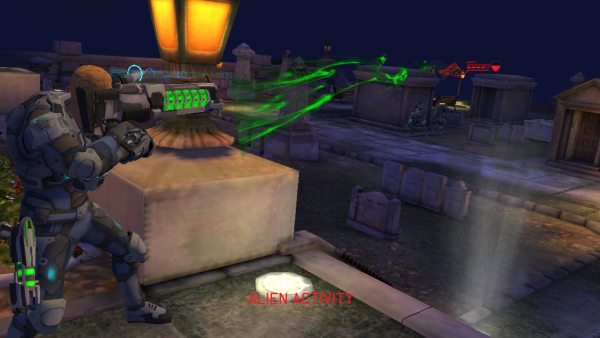
Cars can, and will, explode. It seems obvious but I can't stress the importance of keeping an eye out for burning vehicles enough. Cars and trucks do provide decent cover, but once they catch fire it's only a matter of time until they blow. And you don't want your soldiers near them when that happens. So take a moment to see if the vehicle you plan to move to, or are currently hiding behind, is a ticking time bomb before you make a move.
Don't take unnecessary risks. It's often better to miss out on alien tech than to lose a skilled soldier. Take it slow and don't spread out too much. If a soldier encounters an alien squad and no one can reach them within a turn or two, they could be in serious trouble. Splitting up into groups of two or three is usually the best way to go. At least until your soldiers reach the higher ranks.
Head for the high ground. Everyone, soldiers and aliens alike, benefits from a higher elevation. The higher up you are, the better your accuracy and the worse your enemy’s is. It’s not worth taking unnecessary risks to get to the top of a building or anything like that, but if you have the chance to take a higher vantage point then do it.
Never, ever, ever, ever, blindly rush in to a room. It doesn't matter if it's a UFO, base, regular mission, or terror site. It's a sure-fire way to get vaporized. Approach with caution instead. Get at least two soldiers into good positions, preferably with one next to a door or window, and go into Overwatch. Then carefully open the door or peek in on your next turn.
Approach all newly encountered alien species with extreme caution. At least until you know what they're capable of, and especially if you’re new to X-Com. What looks like a pushover could quite possibly decimate your entire squad if given enough of an opportunity. Just assume every new life form you encounter is the most dangerous creature you’re ever going to face and you should be all right.
Take ‘em alive. It’s not always feasible, or worth the risk, but when you can you should try to capture an alien or two alive. Not only can their interrogation lead to new research opportunities, you’ll be able to recover their weapons intact which could save you a fortune in engineering costs.
Push forward at the beginning of your turn, not the end. When you move ahead into unknown territory you always run the risk of encountering a squad of aliens. Believe me, it’s much better to discover them after only moving one or two soldiers than all of them. It leaves the entire squad incredibly vulnerable, especially in the later levels.
Keep Chryssalids as far away as possible at all times. You’ll typically see these spider-like aliens during terror missions but they can (and will) appear elsewhere. KEEP YOUR DISTANCE. Trust me.
Surprise attacks are possible. While the aliens are definitely at an advantage most of the time, they aren’t omnipotent. Use this to lure them into a trap on occasion. If your soldiers can’t see them, they can’t see your soldiers, so it’s possible to set a few up in key locations and use one of your own as a decoy to draw them into range.
Don’t underestimate Sectoids. Sectoids are the most “normal” of Enemy Unknown’s, and possibly the most common. However, while they aren’t particularly durable they can use their telepathic abilities to strengthen their comrades. However, if you kill a Sectoid while its mind is merged with another alien both will die. Keep that in mind.

Pick augmentations that suit a soldier's class. Most of the genetic modifications you can research are useful in a variety of situations, but some are far more tailored to certain types of solders than others. For example, giving your sniper the ability to jump super-high will make it much easier for them to reach the high ground in a hurry. The modification that prevents poison and strangling is also great for snipers as they tend to hang back in combat, which leaves them susceptible to the new Seeker enemies (think robotic flying stealth squids). Similarly, it's most beneficial to give your scouts (typically Assault or Support classes) mods that allow them to 'sense' enemies that are still hidden.
MEC troopers are not invincible. Oh sure they're more durable than regular soldiers but they're also bigger targets and they can't use cover. Until you've got a high-ranking soldier using a second or third tier MEC suit, you'll want to avoid using them as walking, talking shields.
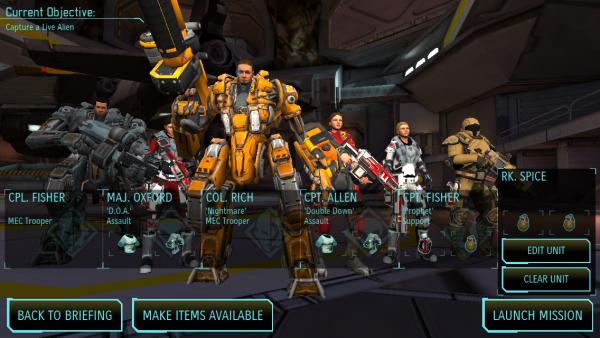
Try to use two MEC troopers, one with each kind of secondary weapon. The flamethrower can be monstrously effective against Chryssalids, especially when they group up, but it has a very limited number of uses during a mission and the lack of range makes it a poor choice against targets with guns. Foundry upgrades can make it more formidable, though. Conversely, the pneumatic fist (I don't care what it's actually called, that's what I've dubbed it) has absolutely no range. However, it can one-shot most small enemies and may even knock them several feet through a wall. It can also be a very effective (and cool looking) way to finish off larger enemies like Berserkers and the new Mechtoid.
Play around with new types of equipment when you can. Enemy Within also sports a number of new secondary items for your soldiers to carry into battle such as grenades that can stun your enemies temporarily and special ammo that deals significant amounts of damage but isn't useful over long distances. There's no reason you shouldn't try most (or all) of these new toys out - especially once all of your soldiers can carry two items apiece.
Do NOT investigate the fishing village. Trust me.
The Most Important Thing
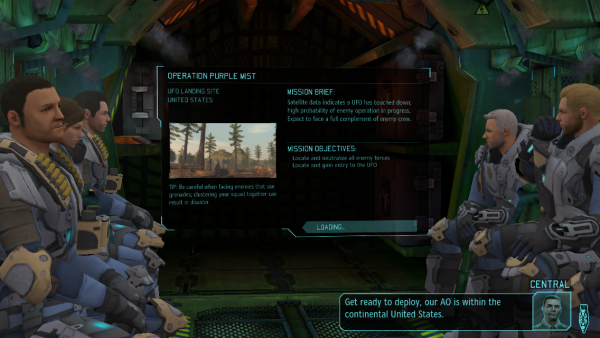
Be prepared to lose. A lot. Newcomers, especially. XCom is a fair game, but it's also fairly unforgiving. A few wrong decisions early on could create a ripple effect that totally undermines your progress later (see previous tips about selling gear and tending to the Council). Depending on the difficulty and options selected you could also lose a beloved soldier in a flash thanks to one silly mistake. Avoiding these situations is incredibly difficult, but learning from them doesn't have to be.
If you’ve got your own tips and strategies you’d like to recommend feel free to chime in below. With the odds stacked so firmly against us, We'll need whatever help we can get.





